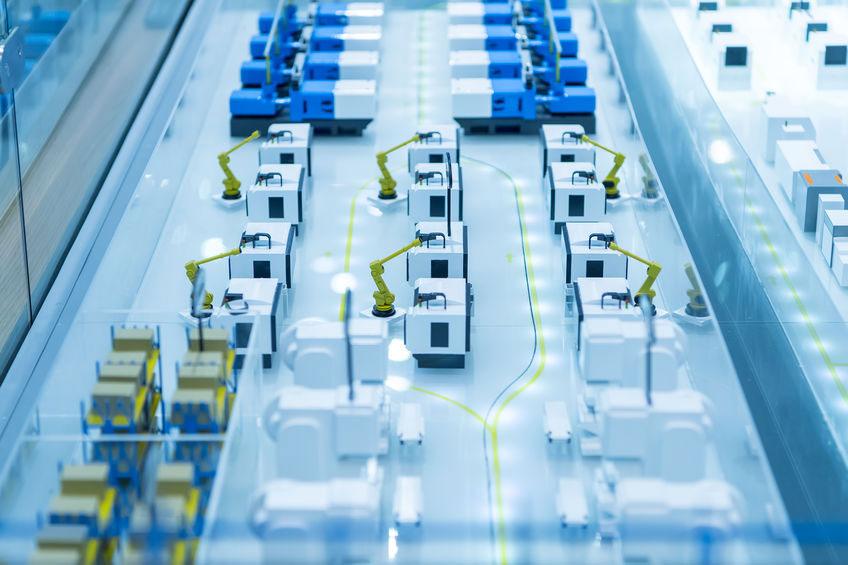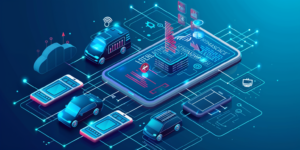Once upon a time, we imagined artificial intelligence (AI) in many roles – robots would cook our food and clean our homes. They would ferry us from Earth to the Moon and deeper into the solar system. Things haven’t quite progressed the way we envisioned them, but artificial intelligence is having a major impact on many areas of human life, particularly within the realm of manufacturing. Today, AI algorithms can make complex decisions, improve productivity, enhance worker safety, and even better manage the supply chain.
How AI Is Affecting Today’s World of Manufacturing
Artificial intelligence is already affecting the world of manufacturing in a wide range of ways. Consider predictive maintenance – software calculates the rate of wear and tear on equipment, sensors continuously report operating conditions, and AI schedules maintenance crucial to preventing costly breakdowns and backups. Or, look at the wide range of robots now involved in manufacturing and how they are increasingly designed not to replace humans, but to work in tandem with us. However, we have only scratched the bare surface of what artificial intelligence can do for the manufacturing industry.
Writing for ASME, Jean Thilmany explains, “Artificial intelligence technology is now making its way into manufacturing, and the machine-learning technology and pattern-recognition software at is core cold hold the key to transforming factors of the near future.”
Of course, the change is about more than improved work quality and pattern recognition. It also promises to affect profitability. According to an article published in CIO magazine, “The majority of manufacturing companies, 80 percent, expect to see positive effects of AI initiatives, with a predicted increase in revenue of 22.6 percent, and a 17.6 percent reduction in costs.”
How AI Will Be Used in the Future
Writing for Redshift, Peter Dorfman points out three advances that are changing the future of artificial intelligence in manufacturing. One of the key changes that will continue to push AI forward is the increasing adoption of artificial intelligence technology within new manufacturing markets. That drives development while pushing costs down – China is a great example of this – and how the shift toward relying more on AI will ultimately increase the quality of life for human beings.
Another change is the improvement in machine sensing. Optical sensors, weight sensors, speed sensors, gyros – they all add up to a safer work environment. It’s not just about preventing robots from damaging product, though. It’s about making it safer for humans and robots to work side by side. This will spur the development of things like self-driving forklifts, and self-operating conveyors.
Finally, AI will have a major impact on the supply chain. Identifying patterns of demand and then managing supply across geographic regions, time, and even socioeconomic segments will be possible. In fact, artificial intelligence will soon be so advanced that it can predict demand before products are even designed and developed.
Conclusion
In the end, AI’s impact on the world of manufacturing is already being felt, but there is much more to come. Many experts predict it will usher in of the fourth Industrial Revolution.




